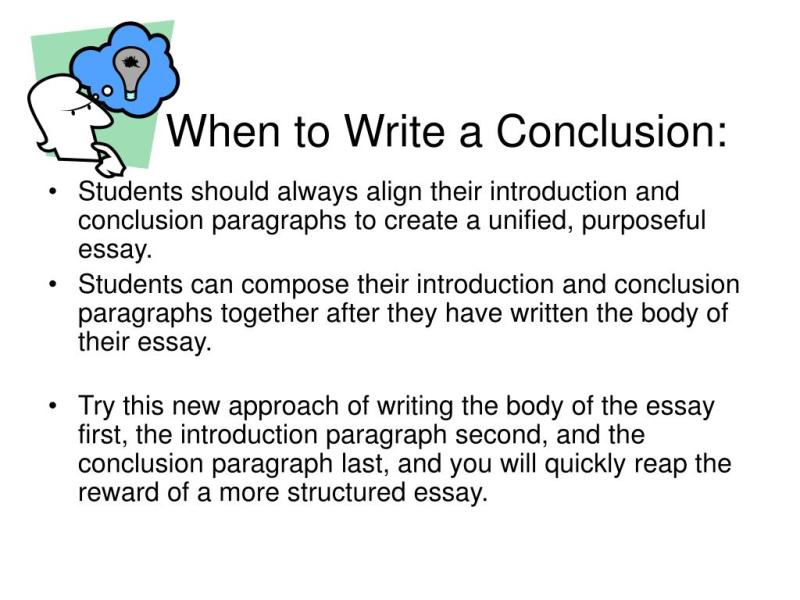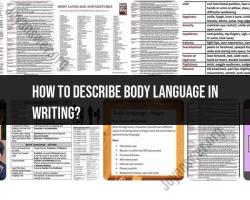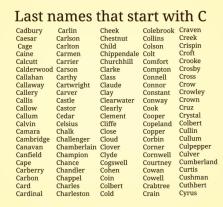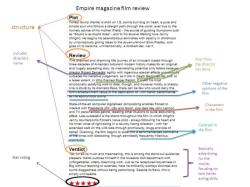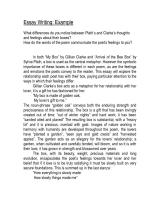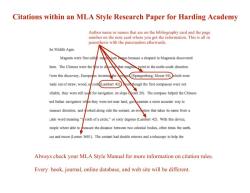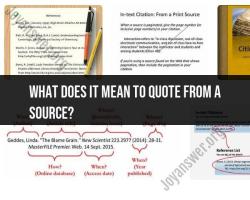How to start a concluding paragraph?
Initiating a concluding paragraph effectively involves providing a clear signal to your readers that you are bringing your discussion to a close. Here are several strategies to start a concluding paragraph:
Transition Phrases:
Use transition phrases that indicate a conclusion, such as "In conclusion," "To sum up," or "Ultimately." These phrases signal to the reader that you are wrapping up your discussion.
Example: "In conclusion, the evidence presented strongly supports the hypothesis that..."
Synthesize Key Points:
Begin by summarizing the key points or main arguments you've made throughout your essay. This helps reinforce the central ideas and prepares the reader for your final thoughts.
Example: "Having examined the various factors influencing climate change, including deforestation, industrial emissions, and global temperatures, it is evident that..."
Revisit the Thesis Statement:
Restate your thesis statement in a way that captures the essence of your main argument. This technique ties your conclusion back to the introduction and reinforces the core message.
Example: "Returning to our initial claim that technology enhances educational outcomes, it is clear from the data that..."
Highlight the Significance:
Emphasize the broader significance of your discussion. Explain why the topic is relevant or its implications for the field, society, or future research.
Example: "In light of the increasing challenges posed by climate change, understanding these patterns is crucial for developing sustainable solutions and mitigating the impact on our planet."
Offer a Solution or Recommendation:
If applicable, suggest a solution to a problem discussed in your essay or recommend a course of action. This provides a sense of closure and leaves the reader with a clear takeaway.
Example: "To address the issues of inequality in our educational system, it is imperative that policymakers implement comprehensive reforms, including increased funding for underprivileged schools and teacher training programs."
Pose a Thought-Provoking Question:
Engage your readers by posing a question that encourages further reflection. This can prompt them to consider the broader implications of your argument.
Example: "As we contemplate the impact of artificial intelligence on the job market, one must ask: How can we ensure that technological advancements benefit all members of society?"
Connect to the Introduction:
Reference a key idea, theme, or anecdote from your introduction. This creates a sense of cohesion and unity in your essay.
Example: "From the opening anecdote illustrating the power of small acts of kindness to the comprehensive analysis of their ripple effects, it is evident that..."
Starting your concluding paragraph with one of these strategies will help you guide your readers toward a satisfying and impactful conclusion. Choose the approach that best fits the tone and content of your essay.
- Initiating a Concluding Paragraph with Purpose
An effective concluding paragraph should serve as a powerful summation of your essay or article, leaving a lasting impression on the reader. Here are some key aspects to consider when initiating a concluding paragraph:
Reiterate Your Thesis Statement: Begin by restating your thesis statement in a fresh and concise manner, reminding the reader of the central argument you have presented throughout the essay. However, avoid simply repeating the thesis verbatim. Instead, rephrase it using different words or emphasis to reinforce the main point in a compelling way.
Summarize Key Points: Briefly recap the main supporting points and evidence you presented in the body paragraphs. This concise overview serves as a reminder of the foundation of your argument and reinforces the overall impact of your writing.
Maintain Smooth Transition: Use transition words and phrases to create a seamless flow from the body paragraphs to the conclusion. These transitional elements help guide the reader through the progression of ideas and ensure a logical connection between the supporting details and the closing remarks.
Avoid Introducing New Information: The conclusion should not introduce new ideas or concepts that were not discussed in the body of the essay. Instead, its primary purpose is to tie together the existing information and provide a sense of closure for the reader.
- Effective Methods to Start a Conclusion in an Essay or Article
A strong opening sentence in a conclusion is crucial for capturing the reader's attention and setting the tone for the entire paragraph. Here are some effective methods to start a conclusion:
Signal the Shift to Conclusion: Use transition phrases or signal words to indicate the transition from the body paragraphs to the concluding remarks. Common examples include "In conclusion," "Therefore," "To summarize," or "In essence."
Rephrase Thesis Statement: Restate your thesis statement in a fresh and impactful way. This helps remind the reader of the main point of your essay while also adding a new perspective or emphasizing the significance of your arguments.
Pose Thought-Provoking Questions: Challenge the reader to think further about the topic or encourage them to take action based on your insights. This can stimulate further engagement and leave a lasting impression.
Start with a Memorable Statement: Begin with a strong and memorable statement that encapsulates the essence of your essay. Use vivid language and imagery to create a lasting impression and leave the reader with a sense of closure.
- Specific Approaches to Launch a Final Paragraph Effectively
Here are some specific approaches you can use to launch a final paragraph effectively:
Emphasize Significance: Highlight the broader implications or significance of your findings or arguments. This helps the reader understand the real-world impact of your essay and appreciate the relevance of your work.
Suggest Future Directions: Propose avenues for further research or discussion related to your topic. This demonstrates the open-mindedness of your approach and encourages continued exploration of the subject matter.
Offer a Call to Action: Provide a clear and compelling call to action, encouraging the reader to take specific steps based on the insights you have presented. This can be particularly effective in persuasive or argumentative essays.
Leave a Lasting Impression: Conclude with a memorable statement or thought that encapsulates the essence of your essay and lingers in the reader's mind. This can leave a lasting impression and reinforce the significance of your work.
